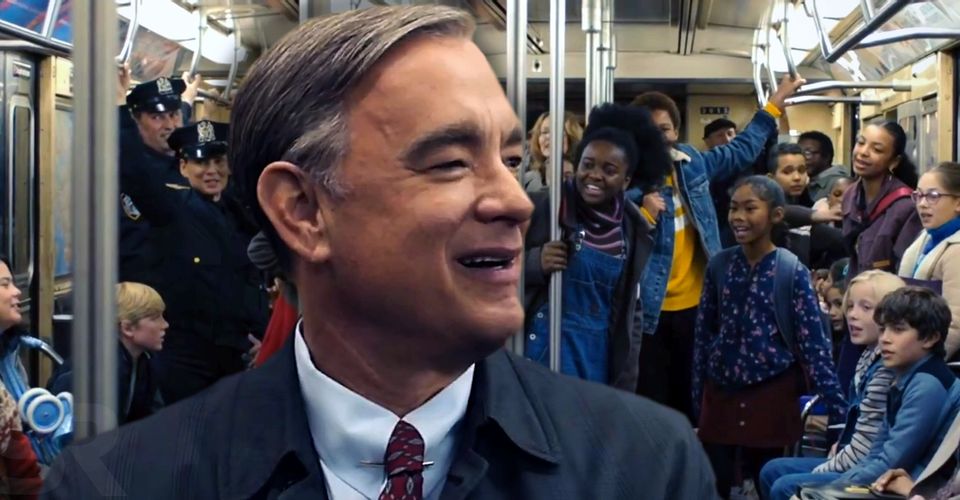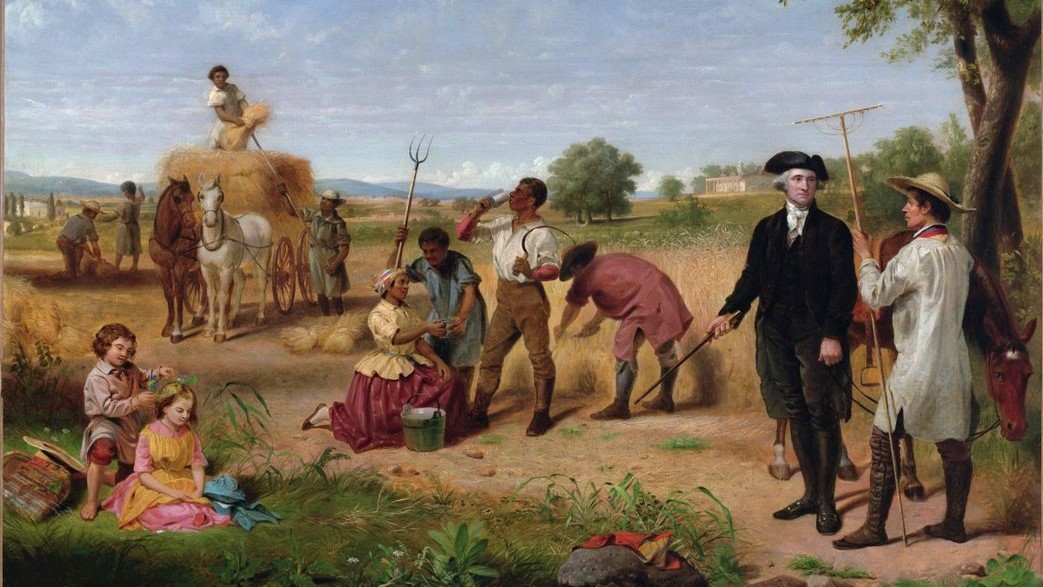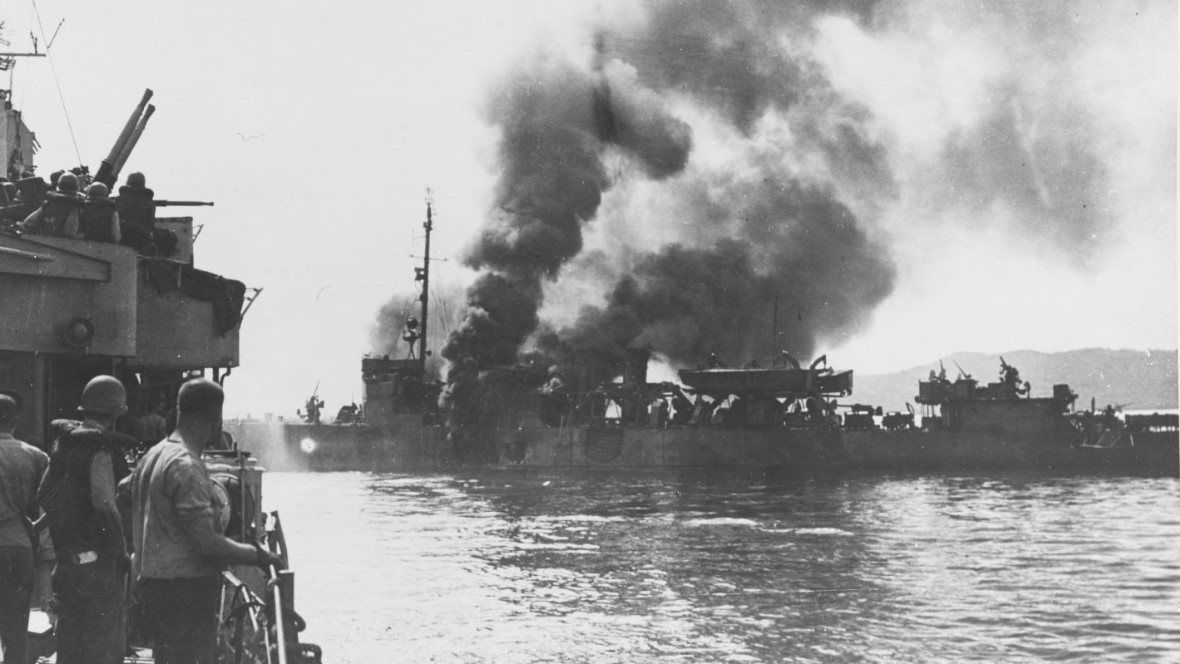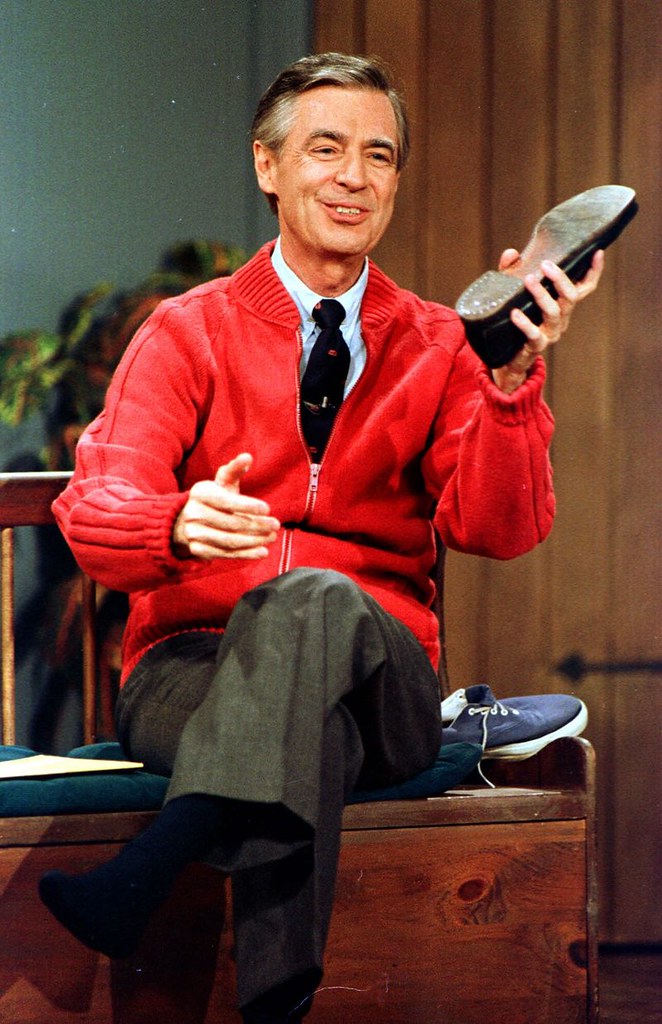Sleep is not something I take for granted anymore. Early one recent morning, I succumbed to the band of the unslept and watched Tom Hanks playing Mr. Rogers in A Beautiful Day in the Neighborhood.
The scene in the movie on the New York subway, where Mr. Rogers is recognized in the car by school kids – largely African-American and Latino – who start singing his theme song, and leads to the entirety of the train becoming a moving chorus, moved me to tears.





